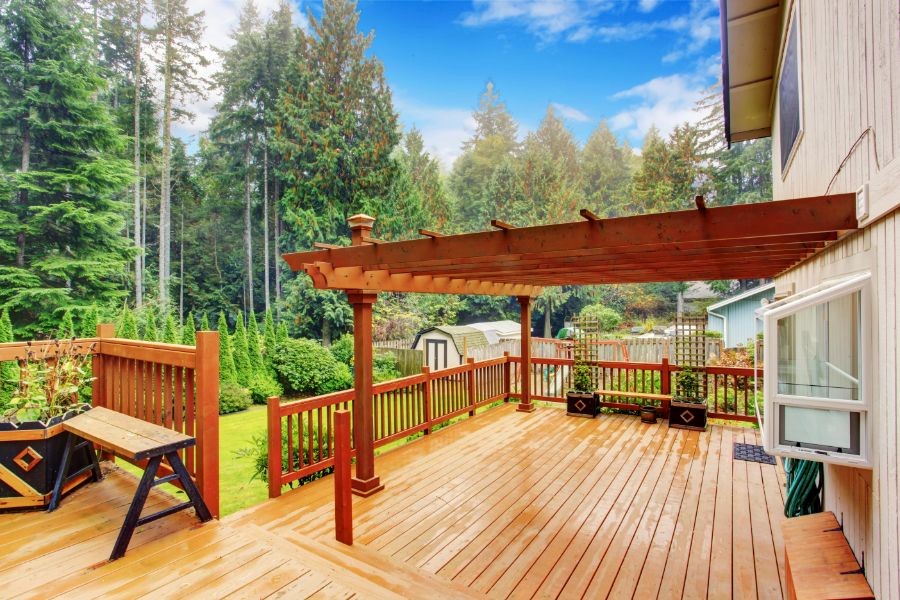If you’re in quest of new patio furniture to embellish your yard and provides your family a place to spend time collectively outdoors, you have a few completely different choices to choose from. Generally, the principle distinction was not between Lowe’s and Dwelling Depot as companies however between particular person stores, since the character of a store is influenced by its store manager and associates. Other individuals could discover that the shed makes an ideal workshop for constructing tasks or that it serves as an excellent place to retailer summer garments in the course of the winter and vice versa.
Shopping at architectural salvage stores is not all the time as low-cost as buying new, low-cost materials from a house center. Quite a lot of reviewers mentioned Lowe’s and Dwelling Depot’s online buying expertise along side retailer pickup. Residence improvement stores are sometimes an excellent source of referrals nevertheless, they often occasions can have partiality to certain contractors as a result of they purchase a lot product by way of them.
In addition to accepting donations from contractors, builders, and particular person owners, it really works with native landfills to collect paint and different reusable constructing materials, which it sells …



